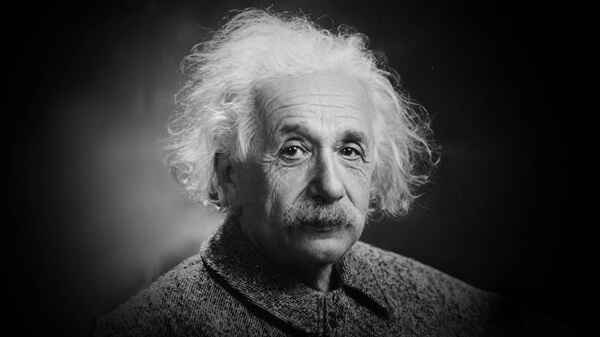Albert Einstein, one of the greatest physicists of all time, had a deep admiration for geometry. His fascination with the subject went beyond mere academic interest—it became a crucial foundation for his groundbreaking theories, particularly the theory of relativity. Unlike many students who struggle with mathematics, Einstein found beauty and logic in geometry, which helped him visualize complex physical concepts. But why did Einstein love geometry so much? Let’s explore the reasons behind his passion and how it influenced his scientific discoveries.
1. Einstein’s Early Fascination with Mathematics

Einstein’s love for geometry began at a young age. When he was 12 years old, he read a book on Euclidean geometry, which deeply impressed him. He referred to the theorems in the book as “absolutely certain” truths, something that stood in contrast to the uncertainty of real-world experiences. Unlike other subjects, geometry provided Einstein with a structured and logical way to understand the world.
This early exposure ignited a lifelong love for mathematical reasoning. Even though Einstein was not always an outstanding student in a traditional school setting, he excelled in mathematics. His ability to think abstractly and visualize geometric shapes helped him develop innovative ideas that would later revolutionize physics.
2. Geometry as a Tool for Understanding the Universe
Einstein did not see geometry as just a school subject; he saw it as a tool for understanding the universe. The concept of space and time was central to his work, and geometry provided a framework for analyzing these abstract ideas. Traditional Euclidean geometry worked well for small-scale objects, but Einstein realized that it was insufficient for explaining the vast and dynamic nature of the cosmos.
In his quest to develop a new understanding of gravity, Einstein turned to non-Euclidean geometry, particularly Riemannian geometry. This branch of mathematics, developed by Bernhard Riemann, introduced the idea of curved space, which became essential to Einstein’s general theory of relativity.
3. Geometry in the Theory of Relativity
Einstein’s special theory of relativity (1905) and general theory of relativity (1915) relied heavily on geometric concepts. In special relativity, he introduced the idea that space and time are part of a single four-dimensional continuum called spacetime. This concept required a departure from the traditional Euclidean view of space as flat and absolute.
General relativity, however, brought an even more revolutionary idea—gravity is not a force but a result of the curvature of spacetime caused by mass and energy. To describe this curvature mathematically, Einstein used Riemannian geometry. The famous equation of general relativity, known as the Einstein field equation, is deeply rooted in geometric principles.
In simple terms, Einstein showed that massive objects, like the Sun, bend the fabric of spacetime, and this bending determines how objects move. This was a radical shift from Newton’s concept of gravity as an invisible force acting at a distance. Without geometry, Einstein would not have been able to develop this revolutionary idea.
4. Einstein’s Visual Thinking and Geometric Intuition
One of Einstein’s unique abilities was his visual approach to problem-solving. Unlike some mathematicians who rely purely on algebraic manipulation, Einstein often thought in terms of images and geometric shapes. He famously said, “I very rarely think in words at all. A thought comes, and I may try to express it in words afterward.”
This visual way of thinking allowed Einstein to conceptualize complex theories in a way that others found difficult. His love for geometry helped him “see” abstract relationships between space, time, and energy before translating them into mathematical equations.
5. The Beauty of Geometry
Beyond its usefulness in physics, Einstein also appreciated the aesthetic beauty of geometry. He admired the elegance and simplicity of geometric structures and their ability to describe the universe in precise mathematical terms. He believed that nature itself was fundamentally mathematical and that geometry was a window into the deeper workings of reality.
This appreciation of beauty in mathematics was not unique to Einstein—many great scientists, including Isaac Newton and Johannes Kepler, saw geometry as a key to understanding the harmony of the cosmos. Einstein’s love for geometry was not just about problem-solving; it was about uncovering the hidden order of the universe.
Conclusion
Albert Einstein loved geometry because it provided a logical and visual way to understand complex physical concepts. From his early fascination with Euclidean theorems to his groundbreaking use of Riemannian geometry in general relativity, Einstein relied on geometric thinking throughout his career. His ability to visualize and manipulate geometric structures in his mind allowed him to revolutionize our understanding of space, time, and gravity. For Einstein, geometry was not just a branch of mathematics—it was a fundamental language of the universe.



